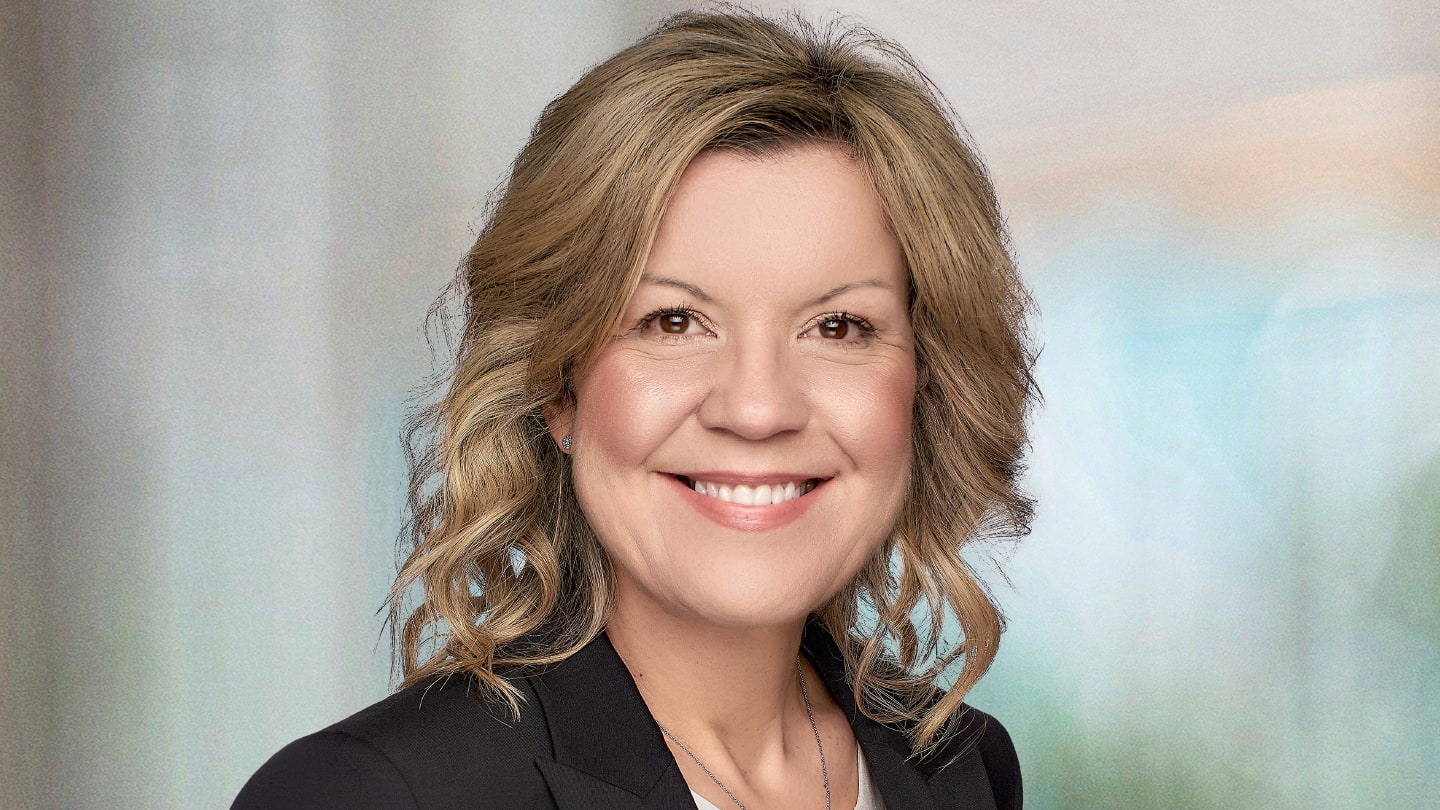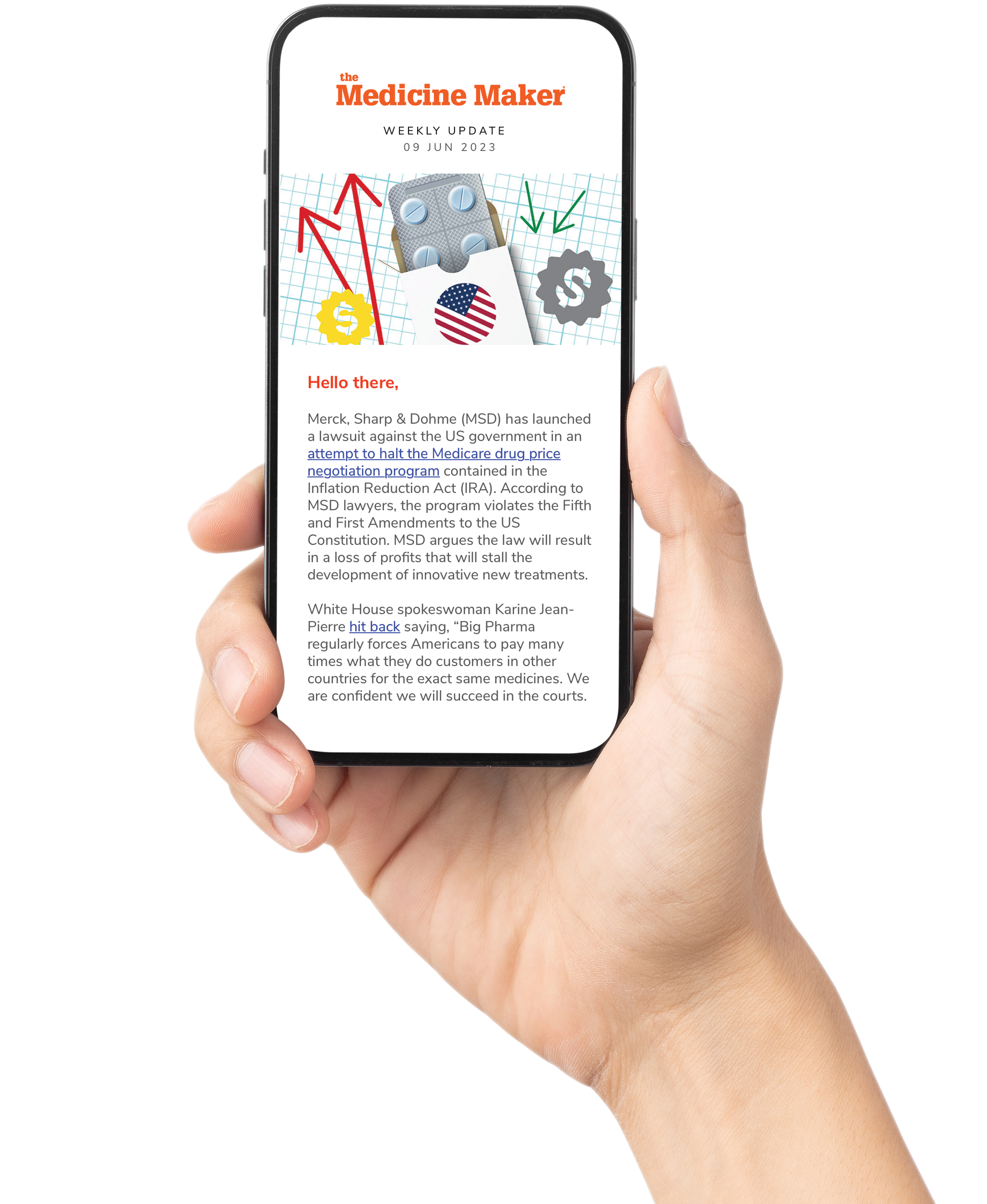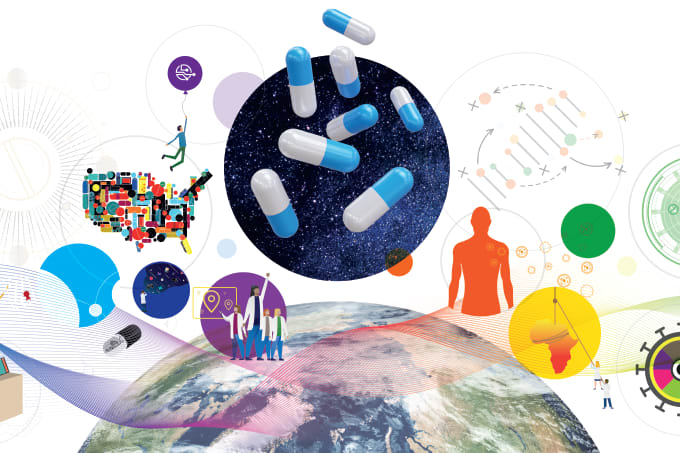
How did you come to specialize in oncology?
From a medical perspective, cancer is one of the greatest challenges we face. When I worked with patients, there were so many moments where there was nothing left to offer. I will never forget that feeling – and it’s what pushed me toward research and drug development. I wanted to create hope and options where none existed before.
How has the science behind cancer changed over your career?
One of the most significant shifts has been moving away from the idea of cancer as ONE disease. We now recognize its complexity and heterogeneity, and pursue deep understanding of the disease from bench to bedside toward novel treatment approaches with meaningful improvements for patients.
Thanks to our deeper understanding of the molecular makeup of tumors – whether it's specific genetic mutations and cellular pathways or the proteins decorating the surface of cancer cells – we can now design more precise therapies. Molecularly targeted therapies and more recently, antibody-drug conjugates (or ADCs), are great examples of this progress.
Another major leap has come from immuno-oncology. Being able to harness the patient’s own immune system to fight cancer has completely changed the landscape. This isn’t just a shift in how we treat cancer; it also opened the door to entirely new therapeutic modalities. Beyond monoclonal antibodies, the industry is now working with T-cell engagers, multispecific antibodies, CAR T-cell therapies, and even next-generation and more patient-centric CAR T approaches.
There have also been advances in data science and advanced technologies. These tools are allowing us to understand cancer at a micro level – the genomics and the spatial organization within tumors – which will open entirely new avenues for research and treatment.
How does it feel when you look back at the early stages of your career and then compare it to today in terms of cancer science?
It's truly incredible. Take chronic lymphocytic leukemia (CLL) as an example. Years ago, it was considered a fatal disease; now, thanks to a much deeper understanding of its biology and the development of targeted therapies for cellular features that are indispensable for leukemia cells, it has become a chronic, manageable condition for some patients. This kind of transformation is profoundly rewarding, especially when you are part of the drug development process that made it possible.
There are other examples too. Lung cancer has seen remarkable advances, and CAR T-cell therapies have opened the door to something we never imagined 20 years ago: functional cures for certain blood cancers.
Back then, our treatment arsenal was mostly limited to chemotherapies and there was a blanket, one-size-fits-all approach. To see where we are today is extraordinary.
Where are the biggest unmet needs today?
While it’s important to celebrate the successes we’ve had, it’s equally important to recognize how much further we need to go.
In pancreatic cancer, colorectal cancer, and small cell lung cancer, survival outcomes remain very poor, so we urgently need more effective therapies and novel approaches.
At AbbVie, we place great emphasis on understanding where those high unmet needs are and focusing our efforts there. This includes hard-to-treat tumors both in blood cancers, where we've made strong progress in the past, and increasingly in solid tumors as well.
We also like to take a global perspective. We must make sure that our therapies reach patients around the world. There are disparities when it comes to access to new therapies across regions, populations, and healthcare systems. This is why inclusive research and diversity in clinical trials are also crucial priorities for us. Ensuring broad representation helps us to better serve all patients.
What are the challenges that drug developers like AbbVie face?
One key challenge – and opportunity – is building the right capabilities around emerging modalities. Today, there is a wide array of therapeutic options which creates both complexity and potential. AbbVie is especially interested in targets that allow us to differentiate between tumor cells and normal cells. However, it’s not just about identifying a promising target. We must also figure out the best modality to go after that target, within the specific disease and clinical context. This is where a lot of the thinking and problem solving comes in.
There are still so many patients with very limited treatment options. At AbbVie, we’re driven to solve for these unmet needs. That’s especially true in areas like immuno-oncology and so-called “cold tumors,” where the immune system doesn’t naturally recognize or attack the cancer. We’re actively working on how to address these types of tumors and potentially extend the benefits of immunotherapy to more patients.
What AbbVie projects can you tell us about?
Some of our molecules are already being shared with the scientific community at major medical conferences. For example, we've presented compelling data on our SEZ6 (seizure-related homolog 6) directed ADC, ABBV-706. This target is selectively expressed in neuroendocrine tumors, including small cell lung cancer. The data we've shared suggest real potential to make a difference for patients, and as an oncologist, it’s thrilling to see molecules like this showing promise in such difficult diseases. We shared more encouraging data at the American Society of Clinical Oncology (ASCO) Annual Meeting this year in patients with high-grade neuroendocrine neoplasms, a rare and aggressive type of tumor.
Another exciting molecule is Temab-A, also known as telisotuzumab adizutecan. This is a c-Met directed ADC, a target that’s taken the industry some time to understand and effectively leverage. We began with a first-generation ADC, Teliso-V, and have since evolved it into a next-generation version in Temab-A, which we’re exploring in colorectal cancer and various forms of lung cancer. We’re collaborating with the academic community on this and in fact, we recently presented promising data in patients with epidermal growth factor receptor (EGFR)-mutated non-squamous non-small cell lung cancer (NSCLC) at ASCO. Colorectal cancer also represents a major medical need. It’s still largely treated with chemotherapy, so there’s a real opportunity to elevate the standard of care by introducing more targeted, individualized therapies.
We also had a strong presence at the 2025 American Association for Cancer Research (AACR) meeting in Chicago, where we highlighted our early science. One of the molecules we showcased in the “New Drugs on the Horizon” session was ABBV-969: a dual-antigen-targeting ADC for prostate cancer. It combines two targets to broaden the coverage of cancer cells, with the aim of minimizing resistance and achieving more durable responses. The preclinical data were promising, and a Phase 1 trial is currently ongoing.
Over the past few years, we’ve significantly expanded our ADC portfolio to investigate a broad range of solid tumors and blood cancers, reflecting our commitment to transforming cancer care through targeted therapies and biomarker driven approaches. At ASCO 2025, we also showcased new data from a next generation, potential first-in-class CD123 directed ADC, pivekimab sunirine (PVEK). PVEK has the potential to address unmet needs for adults with blastic plasmacytoid dendritic cell neoplasm (BPDCN), a very aggressive cancer type for whom treatment options have historically been limited. We are evaluating these data for potential future regulatory submission.
These efforts highlight the strength and depth of our oncology pipeline and our unwavering commitment to transforming outcomes for patients with solid tumors and blood cancers, from prevalent to rare malignancies.
ADCs are seeing a lot of attention in drug development. Why is there a resurgence now and why have they struggled in the past?
I think it’s the result of several factors coming together. One key component is our much deeper understanding of cancer biology. We can now better characterize tumors and identify antigens that are more selectively expressed on cancer cells, which enables us to design ADCs that can deliver highly potent payloads directly to tumor cells – in a way that maximizes therapeutic benefit while minimizing harm to healthy tissue. AbbVie has developed a novel ADC platform through several decades of research and brings unique strengths in antibody engineering, drug-linker chemistry, and payload research.
Overall, we’ve also made significant strides in the payloads themselves and have a deeper understanding of how receptors internalize and behave, which plays a big role in the effectiveness of ADCs. AbbVie’s ADCs are armed with novel payloads such as monomethyl auristatin E (MMAE) and a proprietary topoisomerase 1 inhibitor (Top1i), an anticancer agent that induces cell death by interrupting DNA replication.
Finally, there’s the precision of the conjugation process. We can now do this in a very stable and specific way, which improves both safety and efficacy. This kind of precision requires a high level of manufacturing capability and quality. All of these advances, combined with more efficiency in drug development, have culminated in the ADC breakthroughs we’re seeing today.
One common problem in drug development is that a compound can look fantastic in the preclinical setting, but then issues arise later on
One part of the equation is advancing solid, well-founded novel science into the clinic quickly. But the other part is integrating translational, clinical, and technological tools to improve the precision, speed, and quality of decision-making.
At AbbVie, we place strong emphasis on this integration. Sometimes, despite doing everything right, the science might not translate. It’s important to recognize when a program isn’t working and to stop it early. Those decisions need to be based on robust scientific data.
Evaluating mechanisms early and objectively allows us to maintain a pipeline that’s dynamic, compelling, and truly high potential for patients. It also helps us accelerate the transition into registrational trials. We aim to generate the right data early so that we can move into those pivotal studies as efficiently as possible, always keeping in mind what will ultimately be required by regulators.
Is there anything else you’d like to share about AbbVie?
I really want to highlight our deep and unwavering commitment to oncology. We actively participate in the scientific community, sharing our data and insights at major conferences like those held by the AACR, ASCO, and the European Society for Medical Oncology (ESMO). It’s about more than showcasing our work. It’s about contributing to the broader field, driving innovation, and advancing research that benefits everyone.
At both the AACR and ASCO meetings, I was especially encouraged by the strong presence of both cutting-edge science and meaningful clinical research. Some of the clinical announcements shared there could potentially shift how we treat cancer – and that’s incredibly exciting! This kind of integration between translational and clinical work is where real progress happens, and it’s an area where we’re proud to contribute.
I also want to emphasize something that’s maybe less visible but just as important: the culture at AbbVie. It’s something I believe is truly unique. There’s a shared sense of purpose here in terms of pushing the boundaries of science – always with the patient at the center of everything we do.
What new tools or technologies would you love to see in oncology drug development?
I’m very excited about the potential of AI and the broader role of data science. These tools can help us integrate the vast and complex data sets we’re generating, including from genomic and translational research, clinical trials, and external sources. With the right integration, this can inform so many critical aspects of drug development such as designing effective combinations, conducting reverse translation, understanding mechanisms of resistance, developing next-generation molecules, and accelerating clinical progress.
What excites me most is how these technologies can help us solve key challenges, such as resistance, and identify which patient populations will benefit most from a particular therapy. That kind of insight is invaluable.
I’m also deeply interested in how technology can bring greater patient centricity into our work. Even in tumor types where we’ve made real progress, we still have room to improve the patient experience, such as in how treatments are delivered, what they mean for a patient’s daily life, and even the logistics around care.
Technologies like liquid biopsies are already helping to support a more holistic, patient-centered approach, as is digital pathology. My sense is that we now have the tools to elevate cancer care to an even higher standard, by thinking not just about the disease but about the full experience of the person living with it.
Describe your ideal vision for the future of oncology…
I would love to see that, as a field, we've helped transform many cancers from hard-to-treat diseases into more manageable, chronic conditions, where patients not only live longer but also enjoy a better quality of life. Ideally, they could live a normal life where, ultimately, cancer is not impacting their life expectancy! That is the future I hope for.
I’m excited to be part of this journey. It means a lot to me to contribute meaningfully toward solving these challenges.




